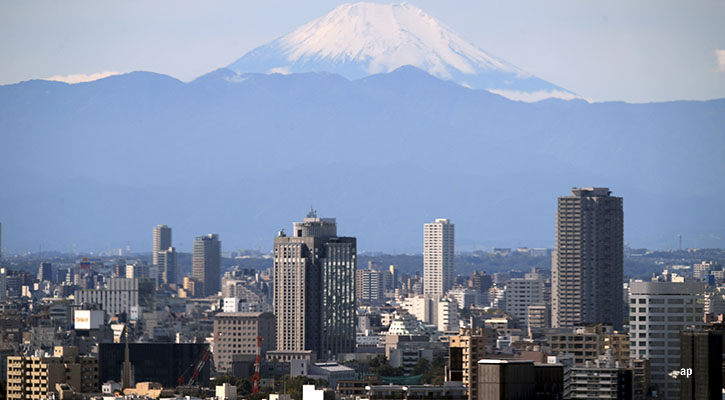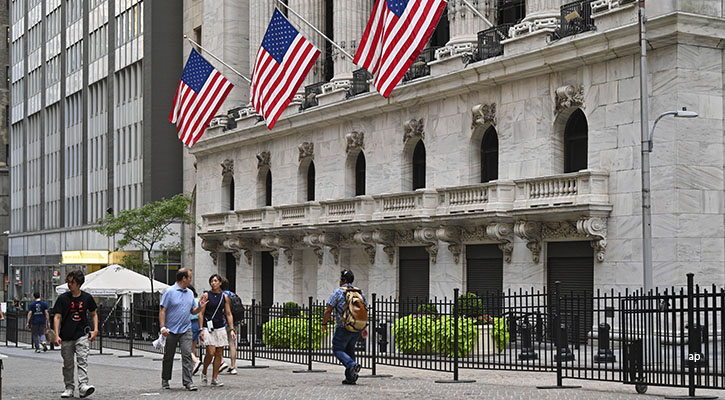A version of this article was originally published on Ignites Asia Opinion Column on 31 October 2018.
A Fragmented and Developmentally Diverse Marketplace
Not too long after the first ETF appeared in the United States in 1993, the Asian ETF market began its journey. The region’s first ETF was launched in Japan in 1995. Hong Kong followed suit in 1999. Over the past 20-plus years, more Asian markets have entered the mix and assets in the Asia-Pacific ETF market have grown to over US$500 billion. While this is an impressive sum, it represents just a fraction (14%) of the US $3.7 trillion invested in U.S. ETFs as of September 2018.
.png)
The ETF journey in Asia has been rather uneven. This owes chiefly to its fragmented nature. A diverse array of demographics, regulations, and more have resulted in a variety of local ETF markets—each at very different levels of development. For example, the Japan ETF market has been a beneficiary of Bank of Japan’s ongoing quantitative-easing programme. As of September 2018, the Bank held JPY 21.7 trillion worth of ETF shares (stated at cost, according to the Bank of Japan; or US$190.6 billion). This amounted to about 58% of total ETF assets in Japan. The Taiwan ETF market started allowing the launch of leveraged/inverse ETFs in 2014. Since then, local ETF providers have launched 47 leveraged/inverse ETFs. Along with the addition of fixed-income ETFs and other new equity exposures, the total number of ETFs listed in Taiwan has grown from 21 in early 2014 to 137 as of September 2018. Meanwhile, the Vietnamese ETF market lies at the other end of the development spectrum. Its first and only ETF launched in 2014.
A Common Question
A question we often receive is “What products are missing from the Asian ETF menu?”. The answer is far from straightforward and depends largely on the investor in question. For example, many institutional investors can access ETFs listed in other markets. Thus, they aren’t restricted to the local menu and can take their pick from funds listed in the U.S., Europe, and elsewhere—where the local menus are expansive. That said, local investors could be limited to locally-listed ETFs, for the sake of convenience or by way of regulation. Asian investors limited to sampling from their local ETF menus face the greatest challenges. Thus, we will approach this question from their perspective, looking at product availability on the local exchanges.
In the remainder of this article, we will take a closer look at four markets: Hong Kong, Singapore, Taiwan and Korea. The first two are major fund management centres in the region; the latter two are fast-growing ETF markets within Asia. In each, we’ll view the local ETF menu through the lens of a local investor trying to build a diversified portfolio using locally-sourced ingredients.
Let’s Try to Construction a Portfolio
When it comes to building a portfolio, an investor will often start by deciding which asset classes they want exposure to, and then determine the appropriate allocation to each. Subsequently, they will typically select the products that fit their needs in each asset class. Exhibit 2 is a table showing the broad asset classes that make up a globally diversified portfolio and the availability of ETFs covering these asset classes within each of the four markets..png)
As seen in Exhibit 2, there are some material gaps in the menu, most notably, there are few options for broad market fixed-income ETFs in all 4 markets.
But Exhibit 2 only tells us about availability. To make the selection more robust, we populated Exhibit 3 by adding a constraint – requiring funds have more than US$100 million in assets. This is a common criterion for fund selectors. Whether or not US$100 million is a sensible threshold is up for debate. However, small ETFs raise some red flags. Small funds face closure risk (smaller funds are prone to being closed by their sponsors) and high operating costs (large funds can achieve economies of scale which can help reduce overall costs). The result of adding this constraint is a dramatic reduction in the number of ETFs available. In many cases, applying this restriction makes it impossible to build a global portfolio with ETFs from the local menu. For example, it leaves just 6 ETFs covering 4 asset classes in Hong Kong; only 2 bond asset classes in Taiwan; and no more ETFs in Korea as most of the ETFs with assets larger than US$100 million track the Korea equity indices. Investors in Singapore appear to have better chances of building a portfolio under this constraint, with ETFs surmounting this threshold that cover all broad equity asset classes. That said, broad market fixed-income exposure remains as a key gap.
.png)
Products Are Just One of the Missing Pieces
Using the exercise of building a globally-diversified portfolio using locally-listed ETFs and adding a common fund size constraint reveals two key deficiencies in the Asian ETF market: (1) the lack of availability of broad market fixed-income ETFs; and (2) the fact that most ETFs are still sub-scale. However, in our view, there are other missing ingredients from the region’s growth recipe including:
• Investor education – Anecdotally, investors are generally unfamiliar with ETFs and the pros and cons of using them in a portfolio. Investor education should also extend to the concept and implementation of retirement planning. In Asia, real estate is a common asset class for retirement planning given the hard asset’s yield and appreciation potential. The wider use of non-real estate assets within the retirement planning context could foster the growth of the ETF market.
• Distribution channels – In many Asian markets, including Hong Kong and Singapore, banks are the primary distribution channel for fund products. Within this channel, commission-based advisory is a major model. This model isn’t conducive to the promotion of low-cost ETFs as commissions are limited to stock-transaction-equivalent levels, which pale in comparison to the lucrative commissions from the sale of active funds.
• Scale – The fragmentation of the Asian market limits the potential scale of the fund industry while rules and regulations can also limit the availability of products to investors. More easily assessible ETF passporting schemes between a wider network of countries within the region could increase the overall size of the market and allow ETFs to ultimately achieve economies of scale, which, in turn, could benefit investors to the extent that funds reduce their management fees accordingly.
As the Asian asset management industry develops and Asian investors become more sophisticated, we hope to see gaps in the ETF menu filled, allowing investors to utilise ETFs to build a globally-diversified, low-cost portfolio.

















